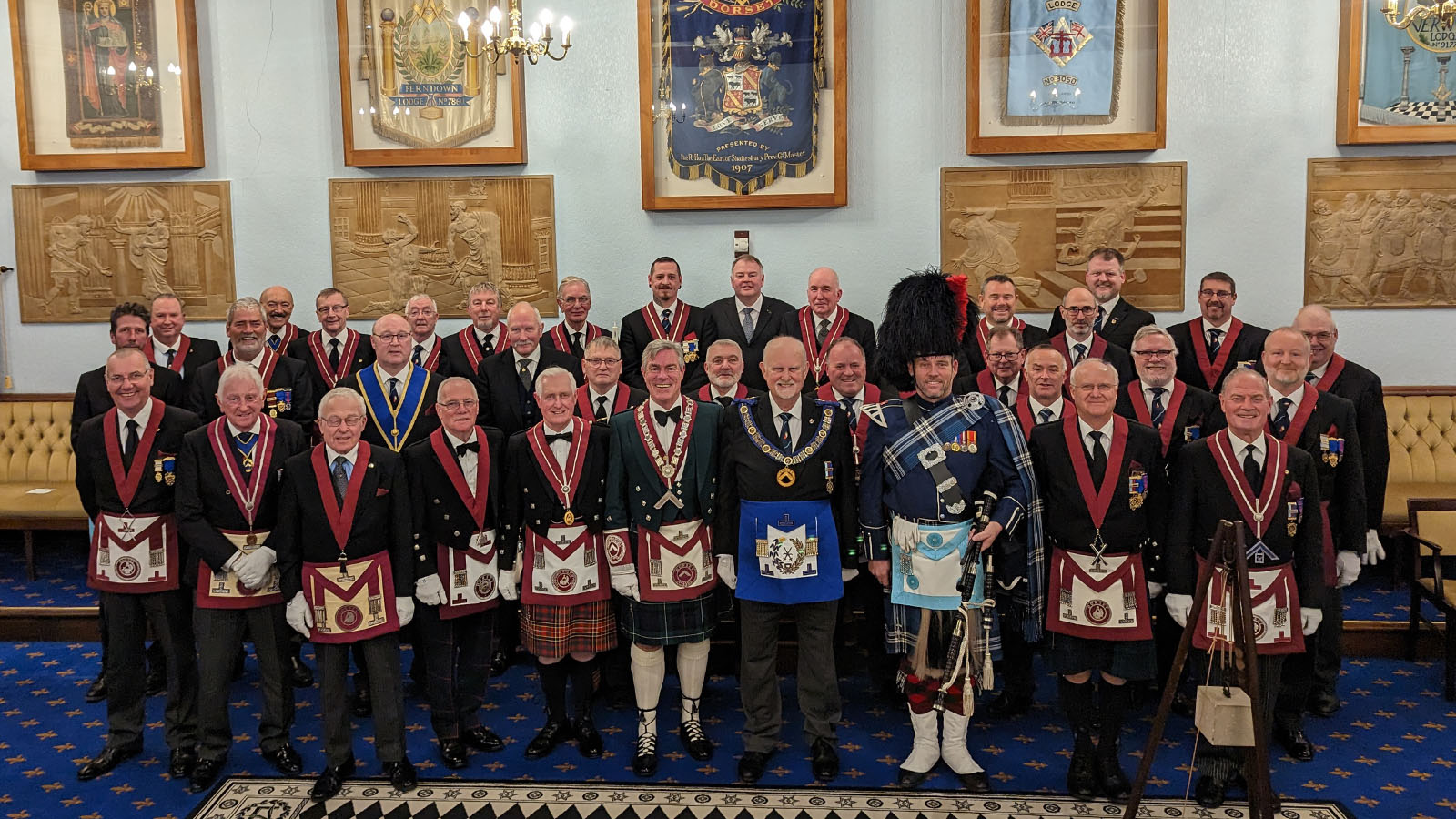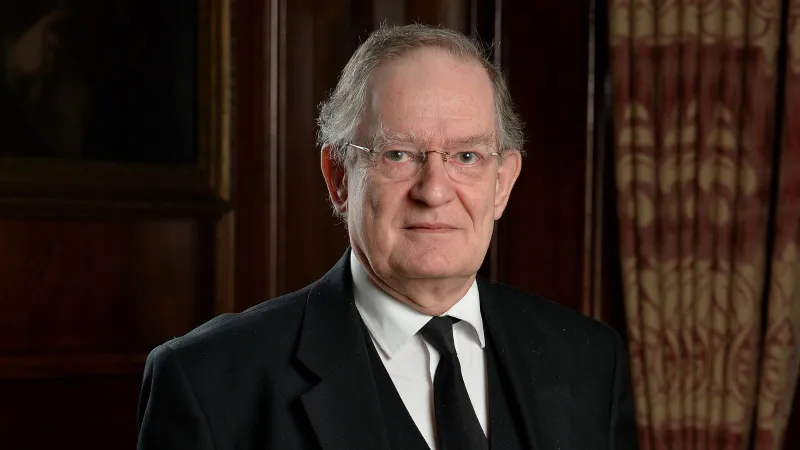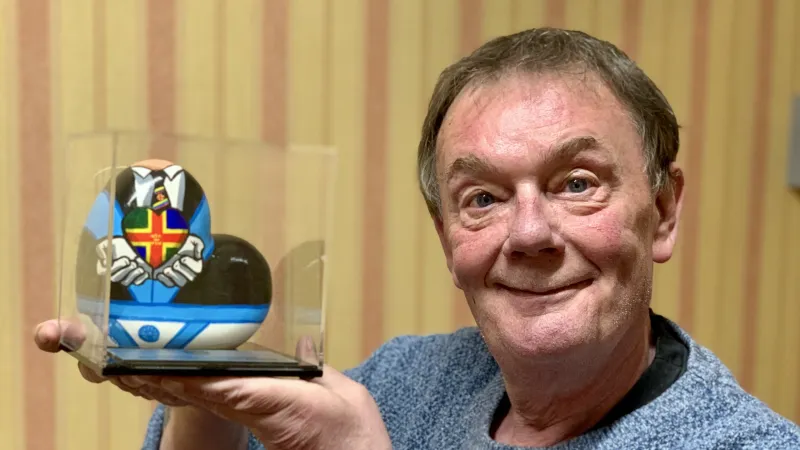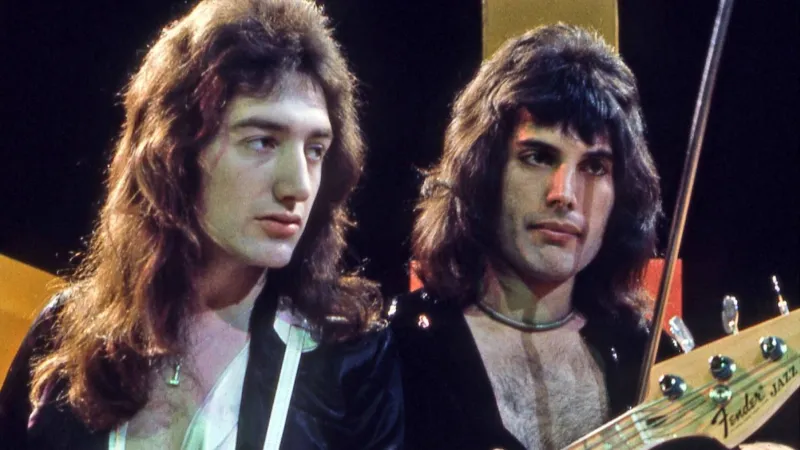Traditional Highland dress is steeped with a rich and extensive history, characterised by resilience and strength in the face of oppression.

After a busy business meeting at Wimborne with five joining members and the Master Elec declared for the ensuing year The Kenneth Cross Lodge of Dorset Provincial Grand Stewards were treated to a presentation by George Mars from the Provincial Grand Lodge of Hampshire & Isle of Wight on ‘Traditional Highland Dress’.
Myths and Legends
The presentation began with the myths and legends of Scotland leading on to traditional highland dress, often characterised by tartan. Highland men wore plaids about seven or eight yards (6.4 to 7.3 m) long, which covered from the neck to the knees except the right arm. Beneath the plaid they wore a waistcoat or a shirt to the same length as the drape of the plaid. These were 'belted plaids.' Their stockings were made of the same material as the plaid and their shoes were called 'brocks' (brogues).
George explained the significance of the tartan and consequences of the Highland Dress Proscription Act of 1746, designed to punish the clans and destroy their identities and economic structures after the Jacobite Rising. During the ban, the Highland Regiments were the only exceptions to the Act and it is largely because of them that the ban was eventually repealed in 1782 after thirty-six years in law.
A Royal Boost
Since the repeal of the Act highland wear, and the kilt, has never looked back. When King George IV elected to wear a kilt for a Royal Engagement the kilt soon became fashionable and was officially introduced as part of Scotland’s national identity.
Men's highland dress now typically includes a kilt or trews of his clan tartan, along with either a tartan full plaid, fly plaid, or short belted plaid. There are a number of accessories, which may include but are not limited to a belt, sporran, sgian-dubh, knee-socks with a cuff known as kilt hose, garters, kilt pins and clan badges.
George further explained the significance of leaving the bottom button of a waist undone and the reasons why his attire is adorned with jewels, precious metals and weapons.
Poetry and Piping
After the meeting everyone enjoyed a late Burns Night. Freemason Robert Burns (1759-96) is Scotland’s most celebrated poet. During his short life he wrote a host of poems and songs about the human spirit, about nature, love, life and death that are as meaningful now as they were in Burns’ time. His greatest works give a unique and vivid insight into the aspirations and anguishes of the brotherhood of man and are considered by many to maintain their powerful meaning today.
Gary Watton had gone to extraordinary lengths to ensure that the occasion was special and one to remember with Piper Paul Piping beginning of the formal ceremony of the Address to the Haggis. Presented with no shortage of ceremony, the chieftain haggis was piped in, on a silver salver carried by Terry Fuller, to a slow clap.
Once rested, George Mars with gusto recited the 'Address to a Haggis'. A truly wonderful evening enjoyed by many visitors.


